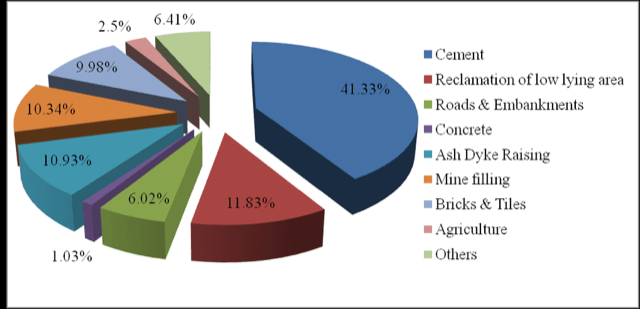UPSC Articles
Fly Ash
Part of: GS Prelims and GS-II – Policies and interventions and GS III – Conservation
In news
- National Thermal Power Corporation (NTPC) Limited has invited Expression of Interest (EOI) for sale of fly ash, in its endeavour to achieve 100% utilization of fly ash, from the designated plants of the Middle East and other regions.
What is Fly Ash?
- Fly Ash is a byproduct from burning of coal in the thermal power generation.
- It is called fly ash because it is transported from the combustion chamber by exhaust gases.
- Composition: silicon dioxide (SiO2), aluminium oxide (Al2O3), ferric oxide (Fe2O3) and calcium oxide (CaO).
- Uses: In concrete and cement products, road base, metal recovery, and mineral filler among others.
- Harmful Effects:
- Toxic air pollutants which can trigger heart disease, cancer, respiratory diseases and stroke.
- When combined with water they cause leaching of heavy metals in ground water.
- Affects the root development system of trees.
What is Fly Ash Utilisation Policy?
- To promote the use of Fly Ash bricks in building construction, NTPC has set up Fly Ash brick manufacturing Plants at its Coal based Thermal Power Plants.
- Pradhan Mantri Awas Yojana (Urban) has focused on new construction technologies such as using fly ash bricks that are innovative, and environmentally friendly.
- Maharashtra was the first state to adopt the Fly Ash utilization policy.
- A web portal for monitoring of fly ash generation and utilization and a mobile based application titled “ASHTRACK” has been launched by the Government.
- GST rates on fly ash and its products have been reduced to 5%.

Pic courtesy: Researchgate
Source: PIB













